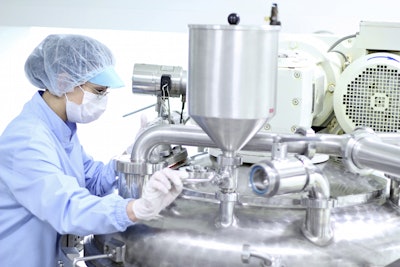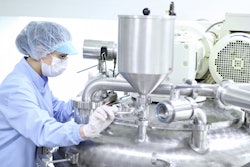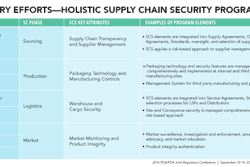
According to Dr. Janet Woodcock, Director of the Center for Drug Evaluation and Research (CDER) at FDA, quality is “defined as a product that reliably delivers the therapeutic benefit promised on the label to the patient and is free of contamination.”
Every day, people are taking medication and without even realizing it, they’re making assumptions about the quality of the product. Patients assume their drugs are efficacious, that they have the correct identity, that they’ll receive the same drug performance as described on the label, that they are made in a manner that ensures quality and that they will be available when needed. But, in reality, two-thirds of drug shortages are due to quality issues and drug product recalls are increasing.
Enter the Office of Pharmaceutical Quality (OPQ), a single unit of the CDER. The priority of the OPQ is to establish a collaborative approach with manufacturers to encourage innovation and the adoption of new technologies. Dr. Michael Kocha, PhD, RPh, Director, Office of Pharmaceutical Quality, CDER, FDA, presented a regulator’s perspective on compliance to quality at the PDA/FDA Joint Regulatory Conference in Washington, DC.
With an unprecedented globalized supply chain, a new era of precision medicine and biosimilars, and major advances in the scientific landscape, the existing regulatory paradigms are experiencing pressure.
The OPQ seeks to establish consistent, clinically relevant quality standards and clear expectations for industry while emphasizing quality metrics and surveillance techniques to monitor across facilities and encourage the use of modern, more efficient manufacturing technologies.
The desired state of the OPQ is much more proactive than the previous compliance-based approach. Where the OPQ was reactive to deviations, they now want to anticipate issues. Where they were secretive, they now wish to be transparent. Where they supported static manufacturing processes, they now seek to foster continuous improvement. Where there have been data gaps, they now want to be far more data-driven.
One of the leading causes for product recalls and drug shortages is manufacturing new products on old platforms. OPQ wants to encourage manufacturers to adopt emerging technologies to address quality issues. Adopting new technologies will allow for, among other things, fewer interruptions, fewer product failures, and greater assurance of consistent clinical performance.
FDA has established the Emerging Technology Team (ETT). This cross-functional team is designed to help manufacturers implement a variety of technological advancements while ensuring consistency and continuity. In addition, the members play an active or leadership role in the OPQ quality assessment team for applications containing an emerging technology. The ETT has actively been working on topics such as continuous manufacturing, 3D printing of drug products and new container/closure systems. In addition, they’ve launched an initiative encouraging engineers at generic manufacturers to adopt emerging technologies, even offering to help and consider solutions for reducing costs.
Ultimately, the OPQ hopes that the increased transparency and data monitoring will allow them to identify the “good” and “bad” players and the organizations where the OPC needs to spend their time. It believes quality companies producing quality products should be rewarded.
Dr. Kocha was asked about those “rewards” and he indicated they were still trying to figure out what the rewards would look like—likely less oversight, but timeline, metrics, etc., are yet to be established. He noted that, when looking over the PDA/FDA meeting attendees list, many of the high quality manufacturers were in attendance, saying, “it’s just like the real sinners are the ones who don’t attend church.”





















